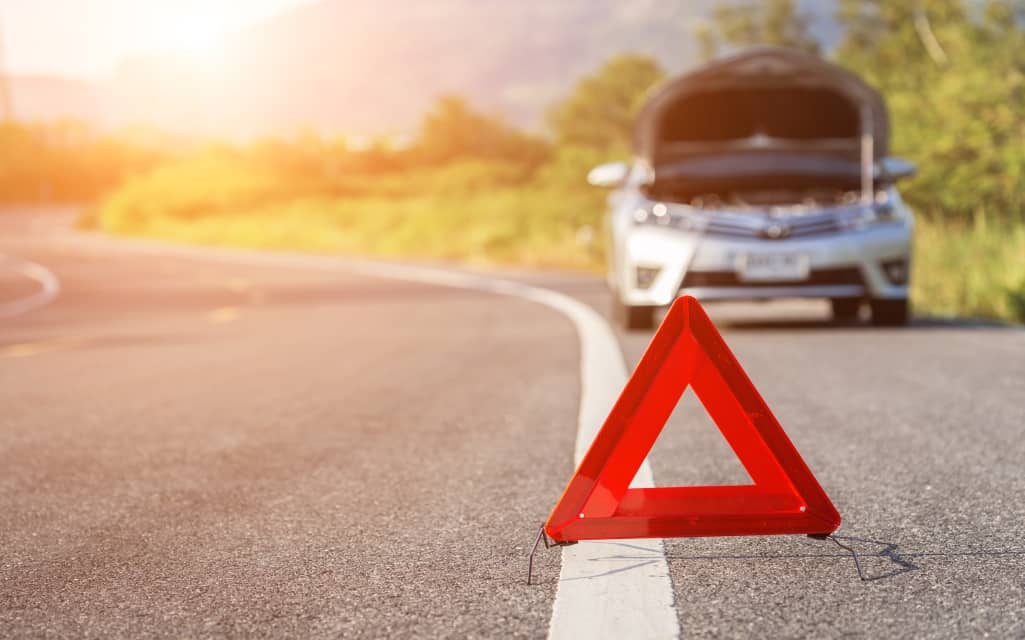When you’re on the road, you’re always just seconds away from an emergency; your car could skid, another vehicle could hit you, or a tire could blow. That’s why it’s important that, even if you’re only on a brief trip, you should always carry five key emergency items. It may seem excessive, but if you find yourself in a worst case scenario, you’ll be glad to have these lifesaving items on hand.
Food And Water
The first and most important things you should always have in your vehicle are food and water, and there are several ways you can approach this task. Water, for example, is heavy and if stored in plastic bottles, it can become contaminated with BPA. For safe consumption and convenience, you might opt for a product like Aqua Blox, which comes in juice box-style packaging and is designed to be safe to drink for up to five years.
As for food, it’s fine to rotate a variety of convenient, high-calorie foods like protein bars through your emergency kit; anything you might grab when stuck in traffic is fair game for calories in an emergency. Other options include trail mix or dried meat products.
A Tarp
In an emergency situation, a tarp is the ultimate multi-purpose tool: you can use it to block precipitation through a broken window and protect against shards of glass, to keep snow off your windshield in a storm so that you can see if first responders arrive, or even wrap yourself in it to stay warm on a cold night. Since tarps are water resistant, they’re more useful than a blanket in treacherous weather conditions and generally less expensive than space blankets and other specialized gear.
A Light Source
If you’re in an accident at night, especially in a rural area or in harsh weather conditions, one of the most dangerous situations you’ll face is a lack of visibility. Another car could hit you, or emergency services might not be able to find you. Protect yourself and light the way by bringing along a camp light like you would use in the woods, flares, or a hand-crank flashlight. Ideally, if you have multiple sources of light, you can set some out on the road to ensure that other drivers can see you, while keeping another on hand for navigating your immediate area.
A First Aid Kit
Even if you’re not in an emergency situation, it’s always good to have a first aid kit in the car for the occasional scrape or bee sting, but in emergency situations, a well-equipped first aid kit is your lifeline. Equip your first aid kit with gauze, an ace bandage, antibiotic ointment, hand sanitizer, tweezers, and band-aids, as well as any medications you or family members use regularly. You might also consider adding bug spray, sunscreen, and hand warmers depending on where you live.
Traction Tools
Sometimes the only thing stopping you from getting out of a tough spot is lack of traction from snow or mud, and this is easily solved. Whether you solve your traction problem with a product like traction tracks that slide under your wheels or a cheap alternative like kitty litter, you’ll be glad that you can free yourself from any slick ditch or snow bank.
Car accidents are no laughing matter, and too many people are underprepared for an emergency. With this simple complement of five items, though, you’ll be ready for anything the road throws your way, rain or shine, day or night. You’re in control.



